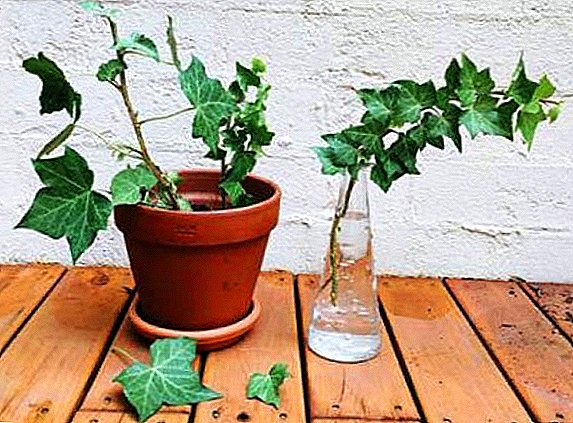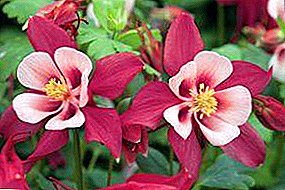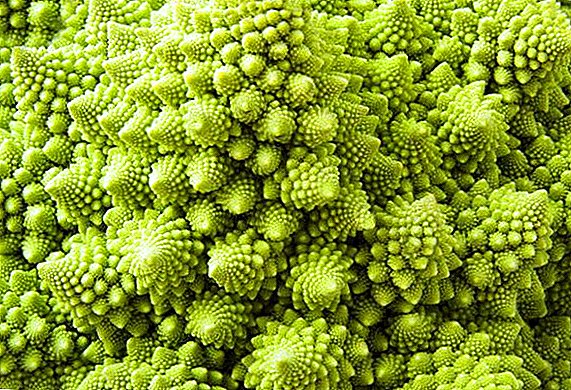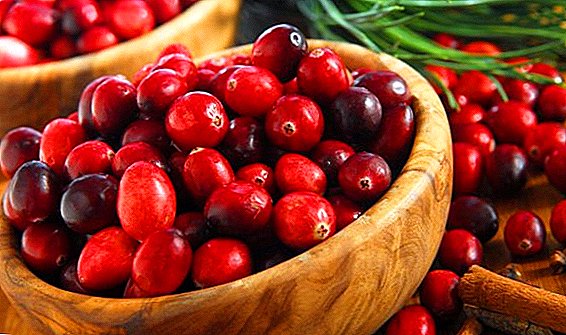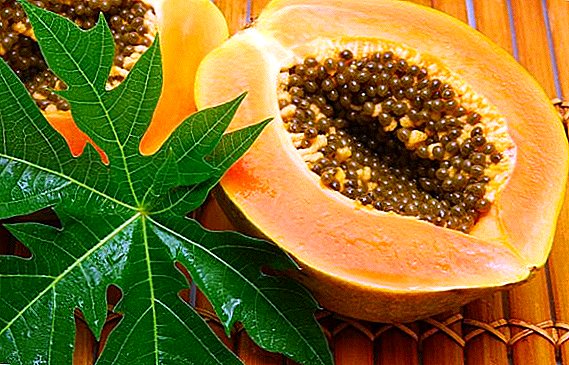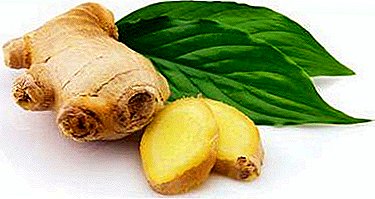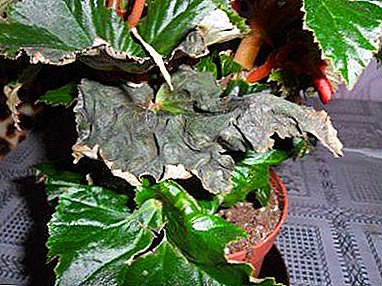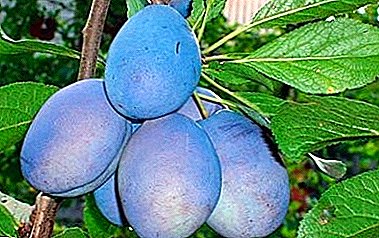
This plum belongs to the group "Hungarian".
Main prune manufacturers it is Stanley that is used as a feedstock.
In individual farms the variety is used as universal, using fruits fresh, dried, canned, in the form of jams and preserves, compotes and domestic wines.
Breeding history
 Motherland plum "Stanley" - United States. It was obtained by crossing the most famous French variety Prune Agen with the American Grand Duke.
Motherland plum "Stanley" - United States. It was obtained by crossing the most famous French variety Prune Agen with the American Grand Duke.
We recommend this variety for cultivation in the region of the North Caucasus and southern Russia. If you literally read the original name "Stenley", the name will sound like "Stanley." But for the Russian language is more accustomed to pronounce "Stanley".
For comparison, you can take the name of the famous stadium. The English version of the name "Wembley" literally reads as "Wembley", but we usually call it "Wembley".
Description of Stanley
Tree has a beautiful sparse rounded crown. Dark gray shtamb - straight, with slightly cracked bark.
Young shoots - crimson-purple, without pubescence, with occasional spines.
Small (no more than 3 mm) vegetative buds are cone-shaped.
Rounded leaves medium sized have pointed tip. The average leaf size is 7.5 cm x 5.4 cm. The bright green leaves are slightly concave, of a rather loose consistency.
In the lower part of the leaf, mainly along the veins, weak hairiness is present. The scape of 1.9 cm in length has an anthocyanin hue. The length of the internodes is 3-3.5 cm.
Distinctive features of the fruit:
- noticeably pronounced unevenness of the obstruction-shaped drupes;
- abdominal suture distinct, not prone to cracking;
- fruit peel is hard, difficult to detach;
- coloring of a skin dark-violet, with a dense wax raid;
- the flesh is yellow-green, dense, aromatic, sweet, with a little sourness;
- large stone size, up to 50 grams;
- the stone is pointed, with a lumpy surface, separates well from the pulp;
- sugar content varies around 13.8%, acidity - no more than 7%.
A photo
Visually familiar with the variety of plum "Stanley" ("Stanley") can be on a photo below:





Agrotechnical characteristics
Bloom this variety is celebrated quite early, in the middle of April.
Large white flowers on long stalks have a large number of stamens. Possesses "Stanley" a high degree of self-fertility, gives a good harvest in the absence of pollinators.
Fruiting - on last year's growth or sprigs of bouquet type.
Variety attributed to plums late ripening. Removable ripeness of stone farms and the main period of fruit consumption occurs in September.
Fruit "Stanley" begins for 3-4 year. In the future, fruiting is characterized by regularity and good yield.
Winter hardiness varieties are rated as average or above average.
Cases of favorable overwintering of the plant after 34-degree frost have been described. This allows the variety to be promoted to colder regions.
The variety has average drought tolerance.. In dry years, it requires additional watering, otherwise the quality and quantity of the crop is sharply reduced.
The need for soil nutrition is high, grade good at fertile soils. The lack of minerals in the soil leads to a deterioration in taste.
Recommendations for planting and care
The best season for planting plums in the southern regions they consider autumn, and in the northern - spring.

For landing pick up a sunny placesheltered from the north winds.
Impermissible to plant a tree in a hollow where water can stagnate, disturbing the breathing of the root system.
Given the high demands of the Stanley plum for soil fertility, the pit for its planting and the ground for backfilling of the roots must be carefully prepared.
Recommended pit size for planting: diameter 60-90 cm, depth - 50-60 cm. The soil for sleeping is prepared on the basis of sandy loam soil or loam with the addition of compost, which should be half the volume.
Superphosphate (up to 200 g) and potassium sulfate (up to 80 g) are introduced into the soil. Both the landing pit and the nutrient substrate are prepared several months before planting. This nutrition will be enough for a young plant for the first summer. Regular feeding begins from the second year of vegetation.
Before planting the crown of a young tree shortened by a thirdthus stimulating its development. In subsequent years, pruning is done in the early spring, cutting off thickening branches "on the ring." Leaving the "hemp" is highly undesirable in order to avoid tree disease. Pruning should not be abused, no more than 20% of branches are cut at a time.
After filling the roots and thoroughly compacting the soil, an earthen roller should be formed around the hole to hold irrigation water and water the seedling abundantly. For irrigation you will need 1-1.5 buckets of warm water. Throughout the season, the tree regularly watered: in the absence of rain a bucket for each sapling 1-2 times a week. Regular watering is needed and fruiting plants.
Attention! Watch the position of the root collar. It is unacceptable to bury.It is also undesirable to raise it high above the ground level. Ideal - just above it.
Young trees have a root system for the winter need to cover mulch.
The stem and the main branches should be wrapped with spruce branches or strapping from any light-colored fabric. So we will protect the seedling from rodents, freezers and sunburn. Do not interfere with such care and adult trees.
Pest and disease protection
 Varieties exposed moniliosis. To avoid infection before the start of foliage, trees are treated with a fungicide.
Varieties exposed moniliosis. To avoid infection before the start of foliage, trees are treated with a fungicide.
It is impossible to use the same drug from year to year. To avoid habituation of the pathogen, the means against it must be changed from time to time.
Resistance to polysigmosis and clastoporosis in this class high.
Of the pests, the Stanley variety is prone to plum mite. Before flowering, the plant must be treated with an appropriate insecticide, it is desirable to choose drugs with a systemic effect.
The popularity and high quality of the variety, the versatility of its use and the comparative simplicity of caring for the plant make it highly desirable in our gardens. For personal farmstead variety is ideal.
Its industrial cultivation will be profitable when cultivating a variety for processing, since the transportability of fruits is low.


